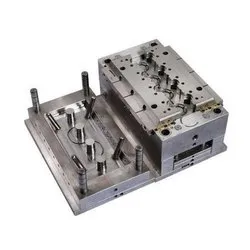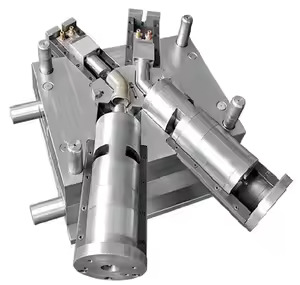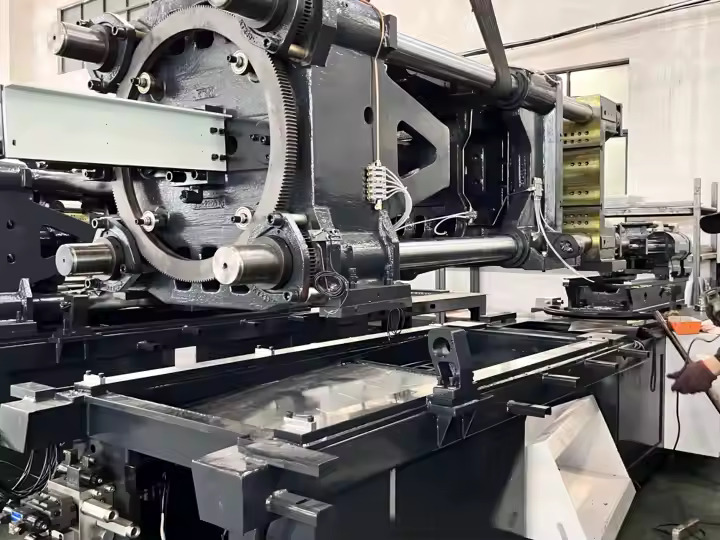
PVC (Polyvinyl Chloride) is widely used in industries such as construction, automotive, medical, and consumer goods due to its durability, chemical resistance, and cost-effectiveness. Advanced mold fabrication and tooling solutions are essential for manufacturing high-quality PVC components with precision, efficiency, and minimal defects.
A. Material Selection for Molds
PVC molding requires durable mold materials to withstand high temperatures, pressure, and corrosive gases released during processing. Common materials used for mold fabrication include Hardened Steel, which offers high durability and longevity for high-volume production, Stainless Steel, which is corrosion-resistant and used for medical and food-grade PVC products, and Aluminum, which is lightweight and cost-effective for low-volume or prototype molds.
B. Mold Design and Engineering
PVC molds are designed to ensure precision, minimize defects, and optimize cooling efficiency. Advanced mold design features include vented molds to prevent trapped gases and defects like burns or bubbles, multi-cavity molds to increase production efficiency by molding multiple parts simultaneously, and cooling channels that enhance heat dissipation and reduce cycle times.
A. High-Precision CNC Machining
CNC (Computer Numerical Control) machining ensures tight tolerances and complex geometries in PVC molds. Benefits include automated cutting for high precision and repeatability, custom cavity designs for intricate PVC parts, and efficient mold polishing to improve product finish.
B. 3D-Printed Molds and Rapid Tooling
Additive manufacturing is transforming PVC mold fabrication by enabling faster prototyping and low-cost tooling. 3D-printed molds allow for rapid testing of PVC part designs, hybrid mold fabrication combines 3D-printed inserts with metal tooling for improved durability, and lead times are significantly reduced compared to traditional mold-making methods.
C. Modular and Quick-Change Tooling
For high-volume production, modular tooling systems enable faster mold changeovers, reducing downtime. Features include interchangeable mold inserts for flexible production, quick-release mold bases to accommodate different PVC product designs, and automated mold alignment systems for precise and efficient tool changes.
A. Sensor-Integrated Molds for Process Optimization
Modern PVC molds are embedded with smart sensors to monitor mold temperature and pressure for consistent quality, material flow and cooling rates to reduce defects, and wear and tear detection for predictive maintenance.
B. AI and IoT-Enabled Tooling Solutions
Artificial intelligence (AI) and the Internet of Things (IoT) are revolutionizing mold fabrication by optimizing molding conditions in real time, reducing material waste through predictive analytics, and enhancing automation with robotic part ejection and finishing systems.
To reduce the environmental impact of PVC molding, manufacturers are adopting recyclable PVC formulations to minimize waste, energy-efficient molding machines with servo-driven motors, and water-based cooling systems to improve thermal efficiency

